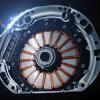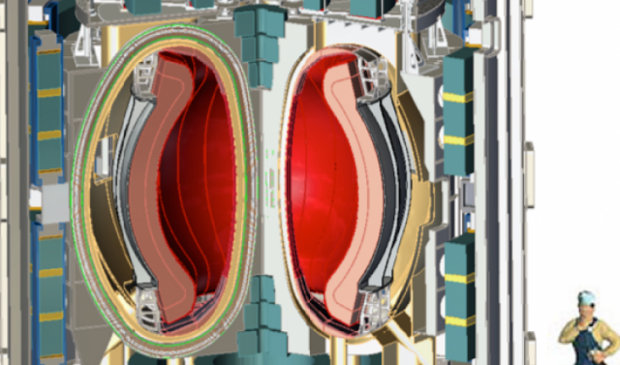
Breaking News
 THEY'LL DO WHATEVER IT TAKES TO ENSURE THIS STAYS HIDDEN
THEY'LL DO WHATEVER IT TAKES TO ENSURE THIS STAYS HIDDEN
 REPORT: This guy is still secretly running key parts of the CIA…
REPORT: This guy is still secretly running key parts of the CIA…
 Historic Aviation Engine Advance to Unlock Hypersonic Mach 10 Planes
Historic Aviation Engine Advance to Unlock Hypersonic Mach 10 Planes
 OpenAI CEO Sam Altman Pitches Eyeball-Scanning World ID to Bankers
OpenAI CEO Sam Altman Pitches Eyeball-Scanning World ID to Bankers
Top Tech News
 "No CGI, No AI, Pure Engineering": Watch Raw Footage Of 'Star Wars'-Style Speeder
"No CGI, No AI, Pure Engineering": Watch Raw Footage Of 'Star Wars'-Style Speeder
 NASA's X-59 'quiet' supersonic jet rolls out for its 1st test drive (video)
NASA's X-59 'quiet' supersonic jet rolls out for its 1st test drive (video)
 Hypersonic SABRE engine reignited in Invictus Mach 5 spaceplane
Hypersonic SABRE engine reignited in Invictus Mach 5 spaceplane
 "World's most power dense" electric motor obliterates the field
"World's most power dense" electric motor obliterates the field
 The Wearables Trap: How the Government Plans to Monitor, Score, and Control You
The Wearables Trap: How the Government Plans to Monitor, Score, and Control You
 The Streetwing: a flying car for true adventure seekers
The Streetwing: a flying car for true adventure seekers
Magic mushrooms may hold the secret to longevity: Psilocybin extends lifespan by 57%...
 Unitree G1 vs Boston Dynamics Atlas vs Optimus Gen 2 Robot– Who Wins?
Unitree G1 vs Boston Dynamics Atlas vs Optimus Gen 2 Robot– Who Wins?
 LFP Battery Fire Safety: What You NEED to Know
LFP Battery Fire Safety: What You NEED to Know
 Final Summer Solar Panel Test: Bifacial Optimization. Save Money w/ These Results!
Final Summer Solar Panel Test: Bifacial Optimization. Save Money w/ These Results!
Progress in Better Understanding Tokomak Fusion Physics

The work, published in an article in the journal Nuclear Fusion, helps better explain the relationship among three variables – plasma turbulence, the transport of electrons through the plasma and electron density in the core. Because these factors are key elements of the fusion reaction, this understanding could significantly improve the ability to predict performance and efficiency of fusion plasmas, a necessary step toward achieving commercial fusion power plants.
They confirmed low collisionality improves electron density peaking through the formation of an internal barrier to particle movement through the plasma, which in turn altered the plasma
"We've known for some time that there is a relationship between core electron density, electron-ion collisions and particle movement in the plasma," said William & Mary's Saskia Mordijck, who led the multi-institutional research team at DIII-D. "Unfortunately, until now research has not been able to untangle that relationship from the other components that affect electron density patterns."
DIII-D, which General Atomics operates as a national user facility for the Department of Energy's Office of Science, is the largest magnetic fusion research facility in the country. It hosts researchers from more than 100 institutions across the globe, including 40 universities. The heart of the facility is a tokamak that uses powerful electromagnets to produce a doughnut-shaped magnetic vessel containment for confining a fusion plasma. In DIII-D, plasma temperatures more than 10 times hotter than the Sun are routinely achieved. At such extremely high temperatures, hydrogen isotopes can fuse together and release energy.
turbulence. Previous work had suggested the effect might be due to plasma heating by neutral beam injection, but the experiments show that it was linked to particle transport and turbulence.



